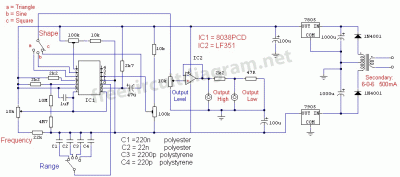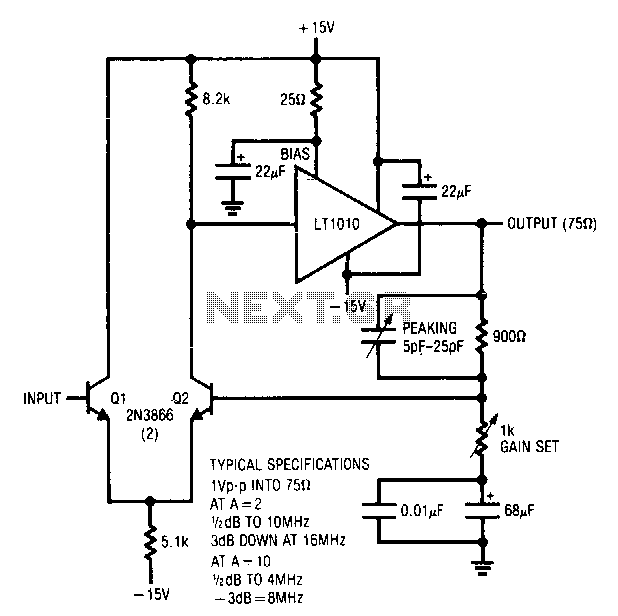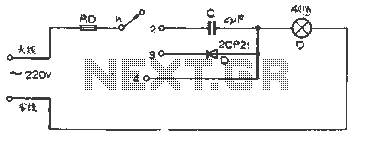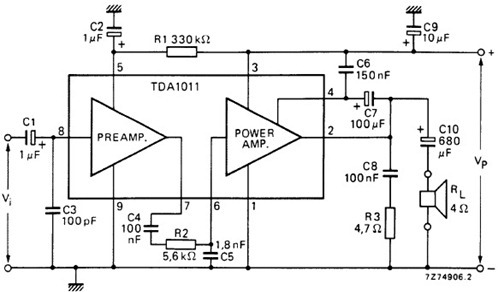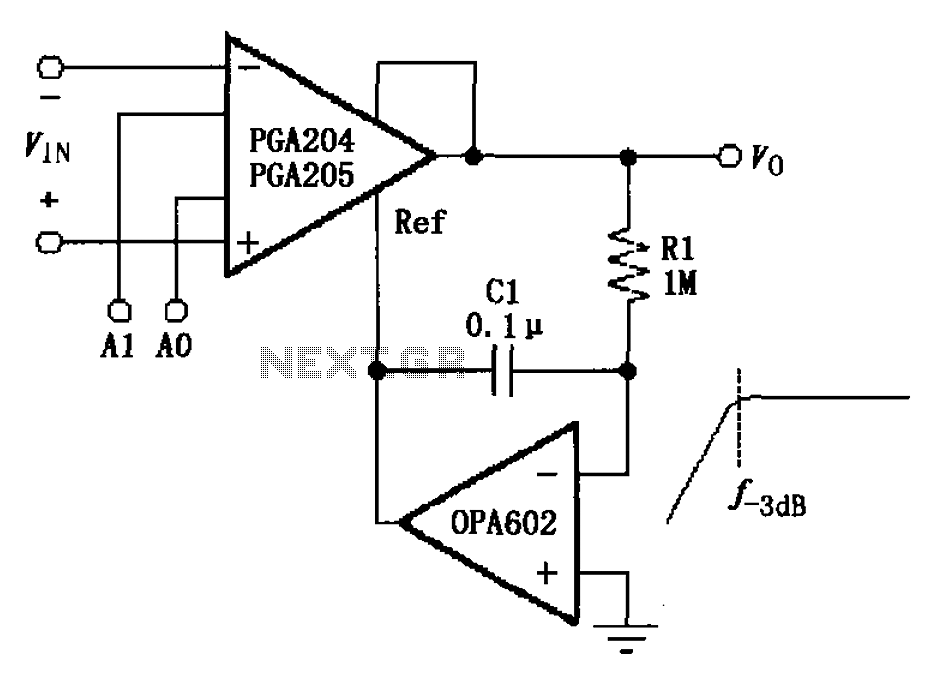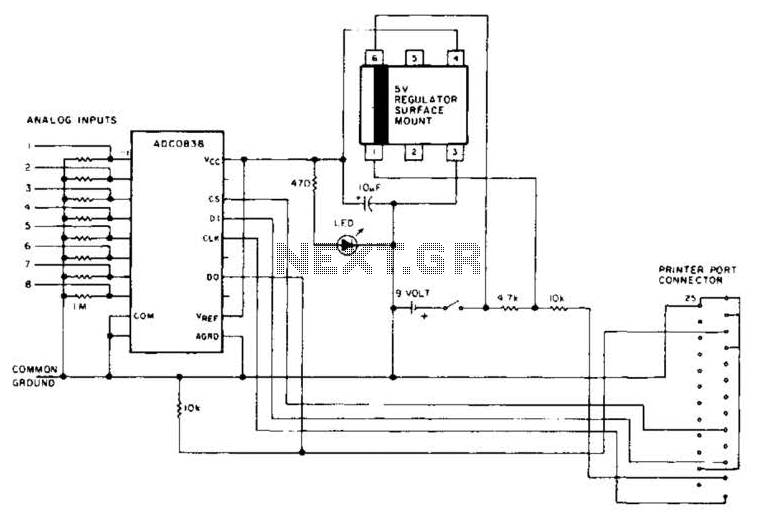
Headphone amplifier Class A circuit
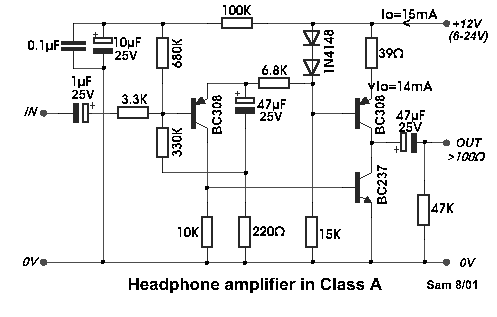
Even if the circuit is simple, it complies with all conditions regarding distortion and frequency response. The input resistance is 250K ohms, and it can drive loads ranging from 100 ohms to 2K ohms.
The described circuit is a fundamental electronic design that effectively manages distortion and frequency response characteristics, making it suitable for various applications in audio and signal processing. The input resistance of 250K ohms indicates that the circuit is designed to interface with high-impedance sources, minimizing the loading effect on the preceding stage. This high input resistance is advantageous in applications where signal integrity is critical, such as in audio preamplifiers or sensor interfaces.
The output stage of the circuit is capable of driving loads from 100 ohms to 2K ohms. This range of load impedance suggests versatility in connecting to various downstream devices, including speakers, operational amplifiers, or other signal processing circuits. The ability to drive lower impedance loads (100 ohms) indicates that the circuit can handle higher current demands, which is essential in driving speakers or similar devices without significant distortion or loss of fidelity.
To ensure optimal performance, attention should be given to the design of the circuit's components, including the selection of resistors, capacitors, and any active devices such as transistors or operational amplifiers. Proper layout and grounding techniques will further enhance the circuit's ability to maintain low distortion and a wide frequency response, contributing to overall signal quality.
In summary, this circuit represents a well-thought-out design that balances simplicity with the necessary performance characteristics, making it suitable for various electronic applications where input impedance and load driving capabilities are critical.Even if simple the circuit, plirej` all condition, regarding the distortion and the response of frequency. The resistance of entry is 250K and the load that can drive is between 100R and 2K.. 🔗 External reference
The described circuit is a fundamental electronic design that effectively manages distortion and frequency response characteristics, making it suitable for various applications in audio and signal processing. The input resistance of 250K ohms indicates that the circuit is designed to interface with high-impedance sources, minimizing the loading effect on the preceding stage. This high input resistance is advantageous in applications where signal integrity is critical, such as in audio preamplifiers or sensor interfaces.
The output stage of the circuit is capable of driving loads from 100 ohms to 2K ohms. This range of load impedance suggests versatility in connecting to various downstream devices, including speakers, operational amplifiers, or other signal processing circuits. The ability to drive lower impedance loads (100 ohms) indicates that the circuit can handle higher current demands, which is essential in driving speakers or similar devices without significant distortion or loss of fidelity.
To ensure optimal performance, attention should be given to the design of the circuit's components, including the selection of resistors, capacitors, and any active devices such as transistors or operational amplifiers. Proper layout and grounding techniques will further enhance the circuit's ability to maintain low distortion and a wide frequency response, contributing to overall signal quality.
In summary, this circuit represents a well-thought-out design that balances simplicity with the necessary performance characteristics, making it suitable for various electronic applications where input impedance and load driving capabilities are critical.Even if simple the circuit, plirej` all condition, regarding the distortion and the response of frequency. The resistance of entry is 250K and the load that can drive is between 100R and 2K.. 🔗 External reference
